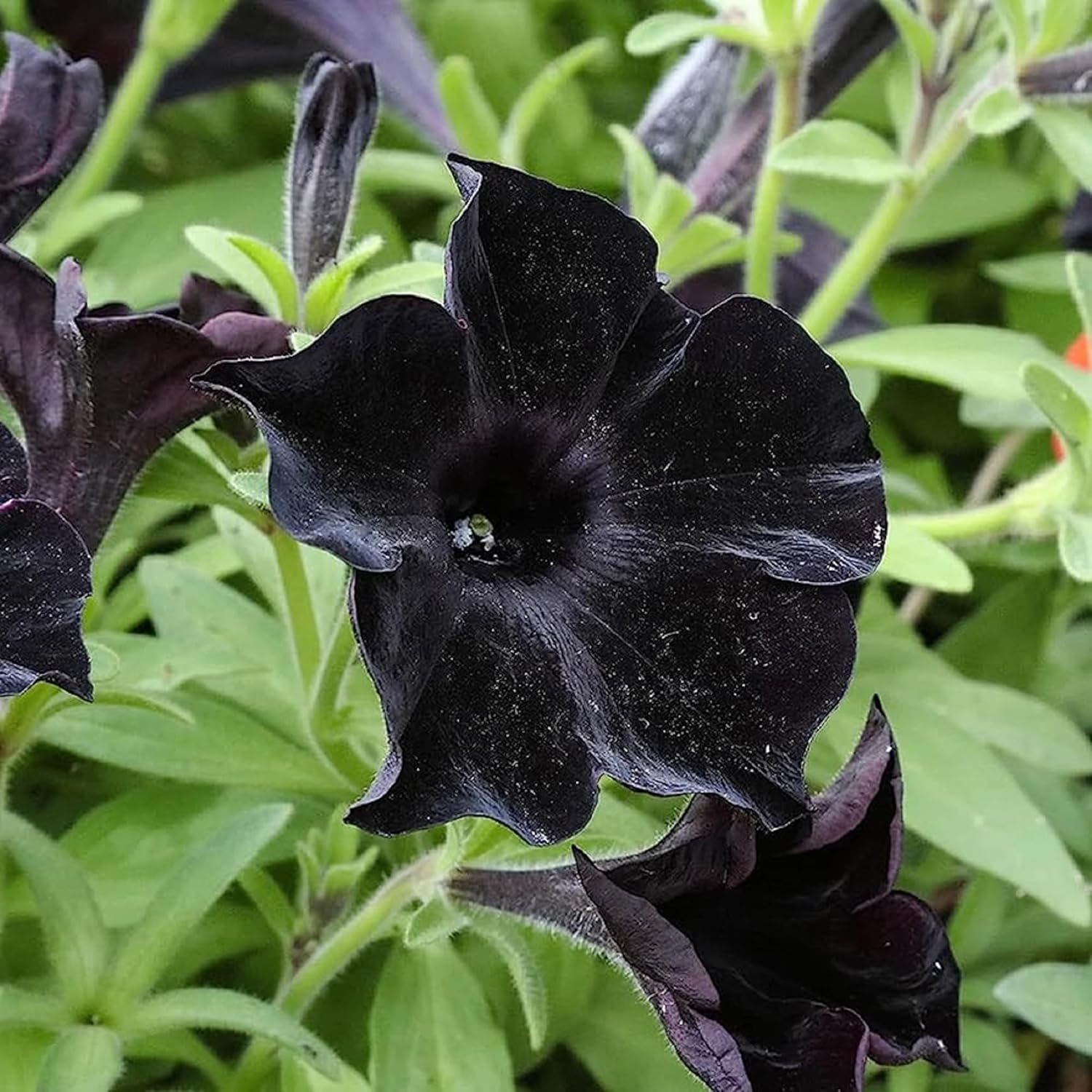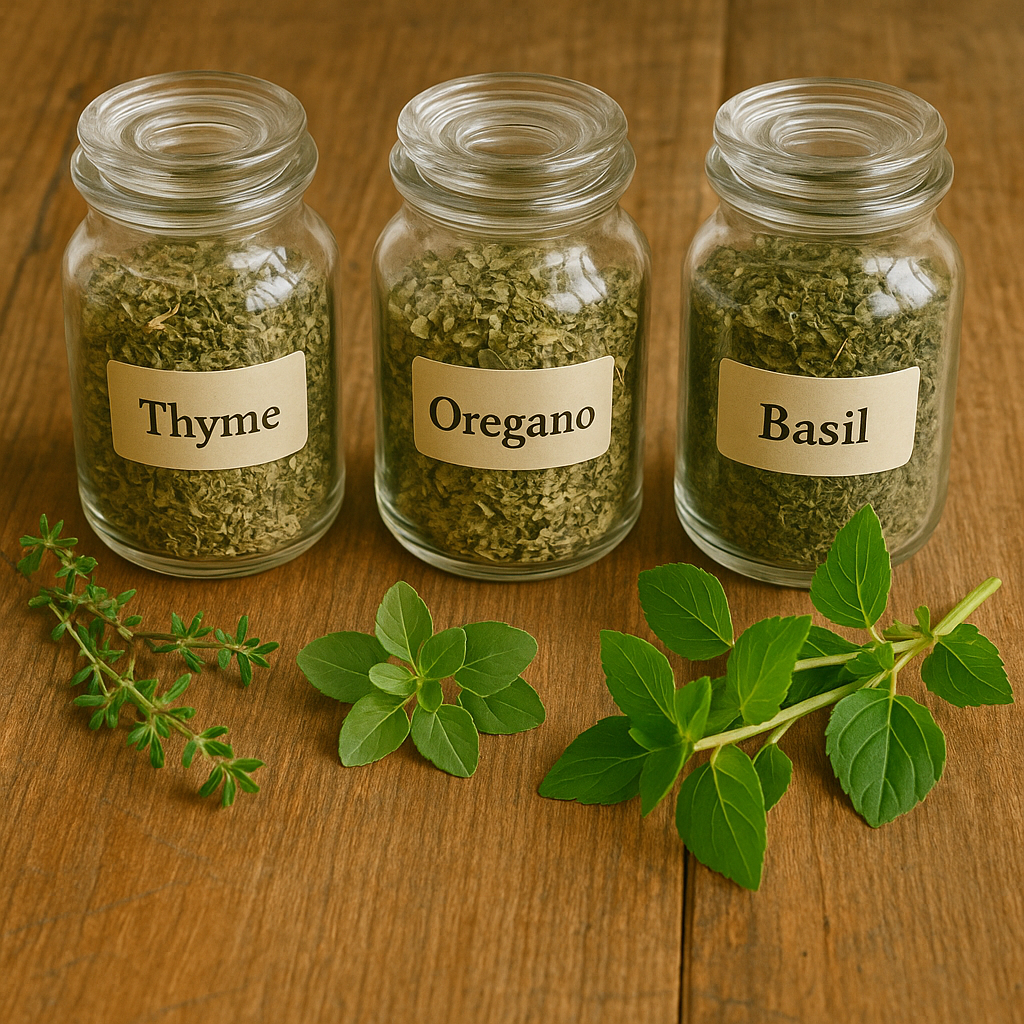Growing herbs from seeds is a fulfilling experience that brings both flavor and freshness to your kitchen and garden. But once your herb plants reach maturity, learning how to dry and store homegrown herbs properly is the key to preserving their aroma, color, and medicinal or culinary value for months to come.
This guide explains how to harvest, dry, and store herbs you've grown from seeds, so you can enjoy their benefits long after the growing season ends.

Why Grow Herbs from Seeds?
Starting herbs from seeds offers many benefits:
-
Access to a wider variety of herbs, including heirloom and medicinal types
-
Lower cost than buying seedlings or fresh herbs regularly
-
Greater control over organic growing conditions
-
Ability to grow herbs indoors, on balconies, or in containers
Whether you're growing basil, oregano, mint, rosemary, thyme, or coriander, these herbs can be harvested, dried, and stored for year-round use.
When to Harvest Herbs for Drying
To retain the best flavor and potency, harvest herbs before they flower, when the essential oils are at their highest concentration.
Best time of day: Morning, after dew has dried but before the heat of the day.
Best stage: When plants are full and leafy but haven’t gone to seed or flowered (except for seeds like dill or fennel, which are harvested after flowering).
How to Dry Herbs Grown from Seeds
1. Air Drying (Best for low-moisture herbs)
Ideal for herbs like rosemary, thyme, oregano, sage, and lavender.
-
Gather herbs into small bunches
-
Tie stems with twine or a rubber band
-
Hang upside down in a dark, well-ventilated room
-
Avoid direct sunlight, which reduces flavor and color
-
Takes 7–14 days depending on humidity

2. Tray Drying (For leafier herbs)
Great for basil, parsley, and mint.
-
Spread herb leaves in a single layer on a mesh or paper-lined tray
-
Turn occasionally for even drying
-
Place in a warm, dry, dark place with good air circulation
3. Using a Dehydrator
If you have a food dehydrator, it speeds up the process.
-
Set to 35–45°C (95–115°F)
-
Dry until leaves are crisp but still green
-
Avoid overheating, which destroys oils and flavor
How to Store Dried Herbs Properly
Once herbs are fully dry, store them in containers that protect against light, air, and moisture.
Tips for Proper Storage:
-
Use airtight glass jars or dark containers
-
Label each jar with the herb name and date of drying
-
Store in a cool, dark cupboard away from heat and sunlight
-
For herbs with seeds (like dill or fennel), store whole and crush when using
How Long Do Dried Herbs Last?
-
Dried herbs retain best flavor for 6–12 months
-
Leafy herbs may fade faster; whole leaves last longer than crushed ones

Bonus: Herb Storage Mistakes to Avoid
-
Don’t store herbs before they are fully dry – this causes mold
-
Avoid plastic bags – they trap moisture
-
Don’t crush herbs before storing – crush just before use to preserve oils
-
Never store herbs in the refrigerator – moisture ruins dried herbs
Final Thoughts
Drying and storing homegrown herbs from seeds is one of the easiest ways to enjoy the results of your organic garden year-round. Whether for cooking, teas, or remedies, dried herbs add convenience and flavor to your lifestyle.
Explore a variety of organic herb seeds at PureAsiaSeeds.com and start your herb garden today—from seed to shelf.








